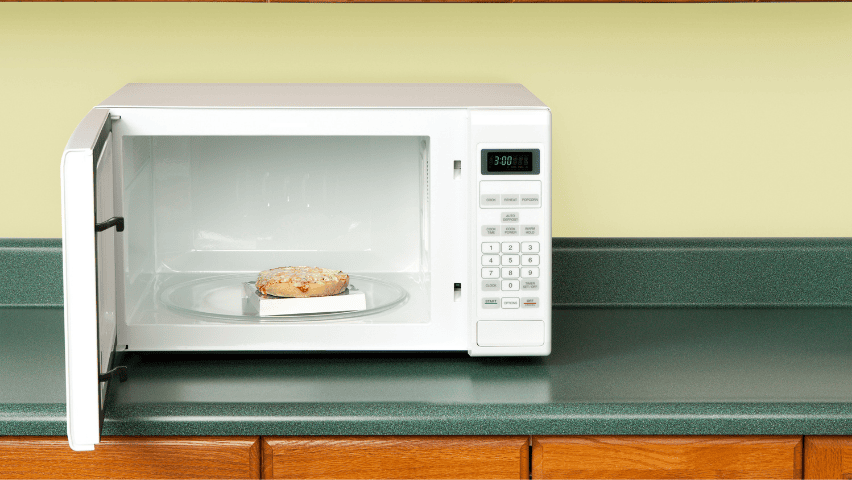Step-by-step guide: what to do if your microwave stops working
A microwave is one of the most convenient kitchen appliances — until it suddenly refuses to work. Whether it’s not heating food, not turning on, or making strange noises, a non-working microwave can be frustrating.
But the good news is, many microwave issues can be fixed with some simple checks before you spend money on repairs or replacement. Here’s a clear, step-by-step guide to help you figure out what’s wrong and what you can do about it.

Step 1: Confirm the power connection
Before assuming your microwave is broken, make sure it’s actually getting power.
- Inspect the power cord for cuts or burns.
- Ensure the plug is firmly inserted into the wall socket.
- Test the socket with another appliance to confirm it works.
- Check your home’s fuse or circuit breaker for any tripping.
Step 2: Inspect the door mechanism
If the door isn’t closing properly, the microwave will not start.
- Look for loose hinges or broken latches.
- Clean the edges of the door to remove any food particles.
- Check if the door switch clicks when you close it.
- Make sure nothing is stuck between the door and the frame.
Sometimes, the issue is simply wrong settings or a temporary glitch.
- Reset the microwave by unplugging it for a few minutes.
- Select a basic heating option to see if it works.
- If your model has a child lock feature, make sure it’s turned off.
- For digital models, check the display for error messages.
Even if the microwave turns on, performance issues can reveal the problem.
- If the turntable doesn’t spin, it might be a broken motor or a misaligned plate.
- If the light doesn’t come on, the bulb could be faulty.
- If food stays cold, the heating element (magnetron) might be the issue.
- Listen for buzzing, humming, or rattling noises that sound unusual.
Step 5: Check for overheating
Microwaves have safety features that automatically shut them down if they overheat.
- Allow the microwave to rest for 20–30 minutes and try again.
- Make sure the air vents are not blocked.
- Avoid placing the microwave in an enclosed space without ventilation.
Not all microwave issues are safe to fix at home.
Call a repair technician if:
- The microwave runs but doesn’t heat food.
- There’s a strong burning smell.
- You see smoke or sparks inside.
- The control board is completely unresponsive.
In these cases, parts like the magnetron, capacitor, or transformer may need replacement — repairs that should only be done by professionals.
Step 7: Decide between repair or replacement
If your microwave is:
- Less than 5 years old and the repair cost is reasonable — repair it.
- Older than 8–10 years or repairs cost more than half the price of a new one — replacement is the smarter choice.
How to prevent future microwave problems
A little care can extend your microwave’s life:
- Wipe the inside regularly to prevent food buildup.
- Avoid using metal utensils or foil inside.
- Don’t slam the door shut — close it gently.
- Keep the vents dust-free for better airflow.
- Use microwave-safe containers only
Conclusion
A microwave breakdown doesn’t always mean it’s time to buy a new one. By following these simple steps, you can often spot the cause of the problem and decide whether it’s a quick fix or something that needs professional attention. Acting early not only saves money but also helps prevent further damage. Combine regular cleaning, safe usage habits, and proper ventilation to keep your microwave running efficiently for years. Remember — a little preventive care today can keep your kitchen running smoothly tomorrow.
Author bio
Dishank Patel
He is a highly experienced appliance repair specialist and the founder of DP Electric. With a strong commitment to quality service, he provides reliable home appliance repair solutions across Melbourne. From dishwashers and dryers to ovens, cooktops, fridges, washing machines, and air conditioners, Dishank ensures that every repair is handled with precision and efficiency.
Passionate about customer satisfaction, Dishank focuses on delivering prompt and professional service, ensuring appliances function at their best. With years of expertise in diagnosing and fixing a wide range of household appliances, he has built a reputation for excellence and trust in the industry.




